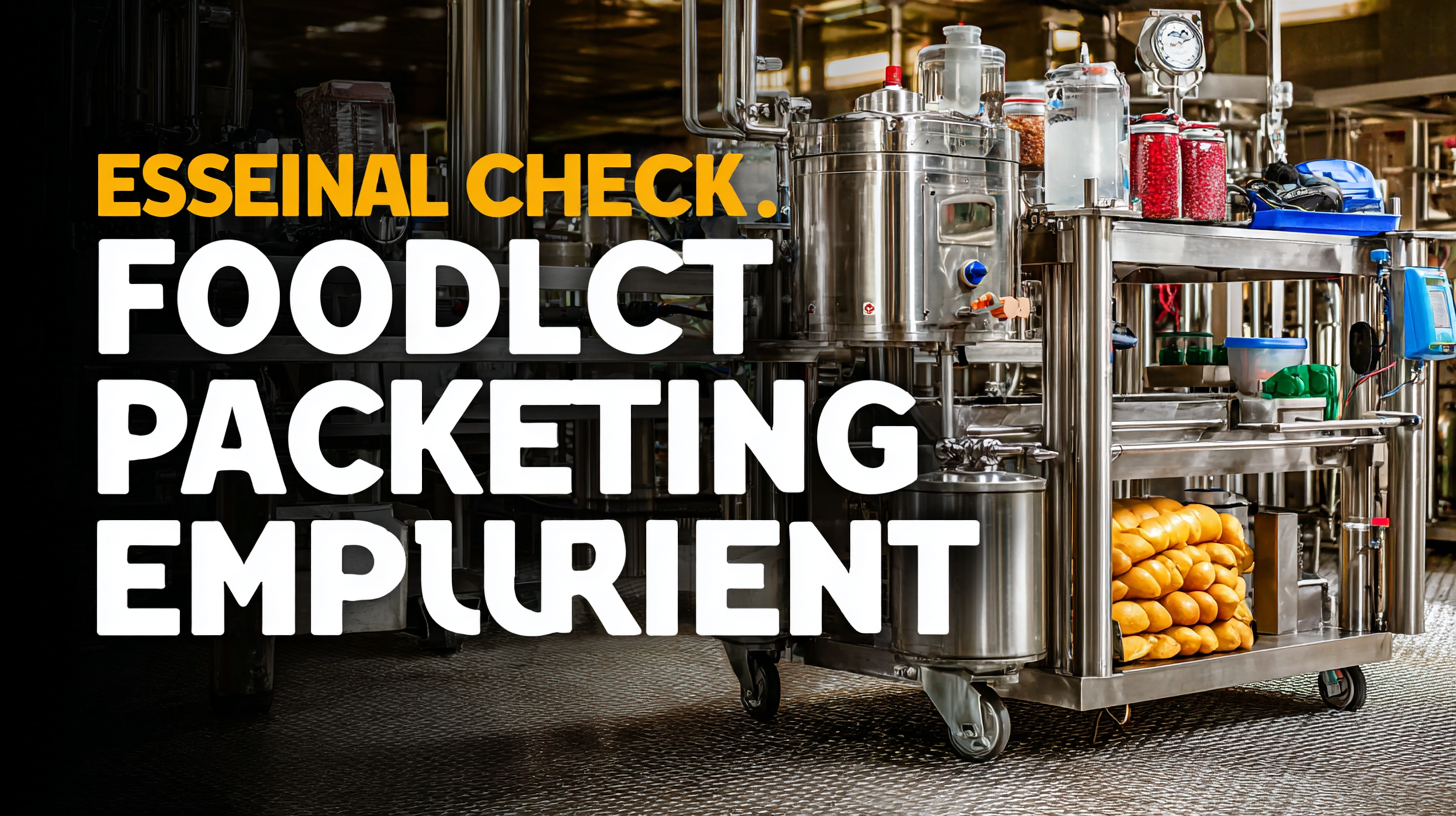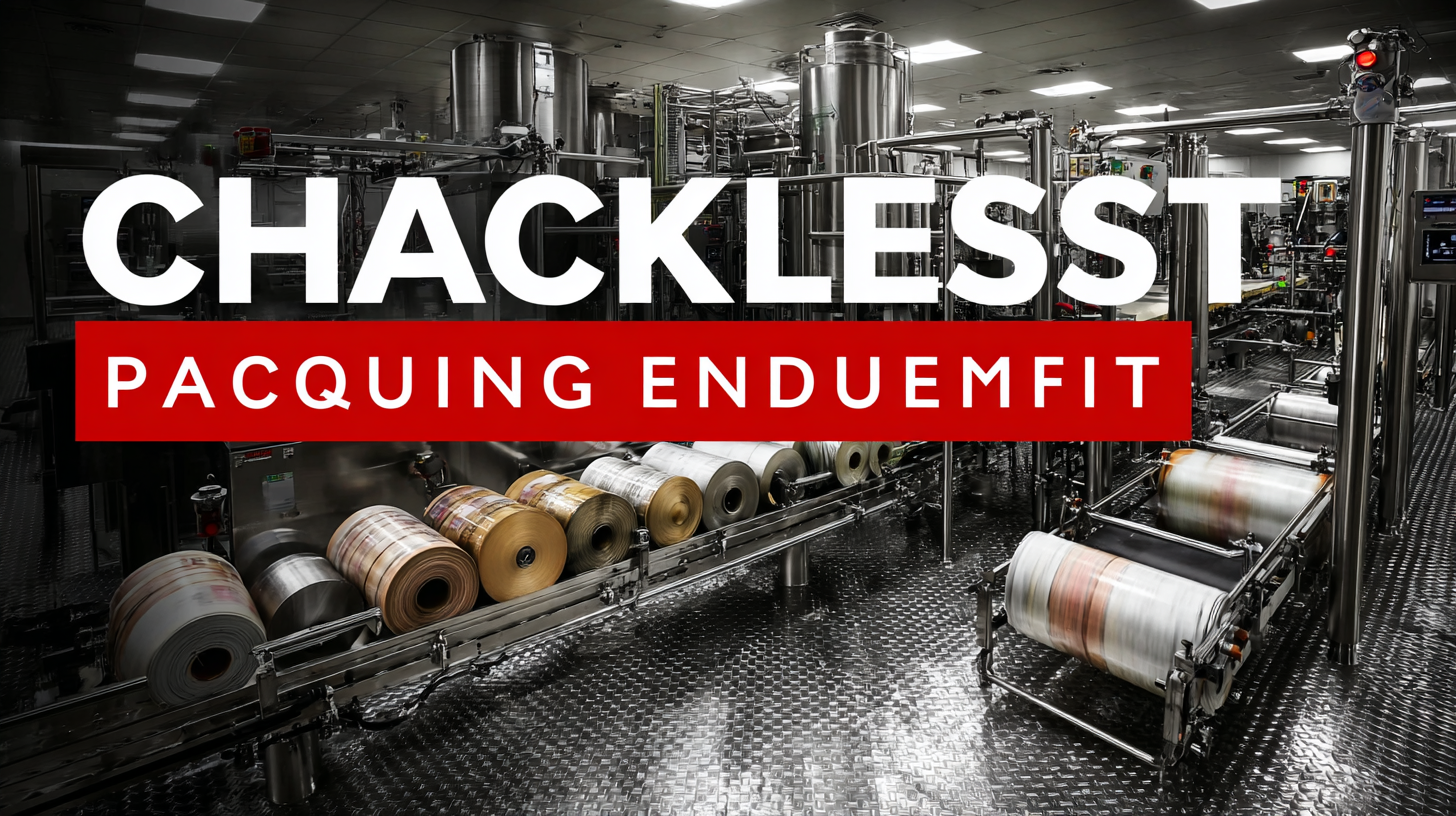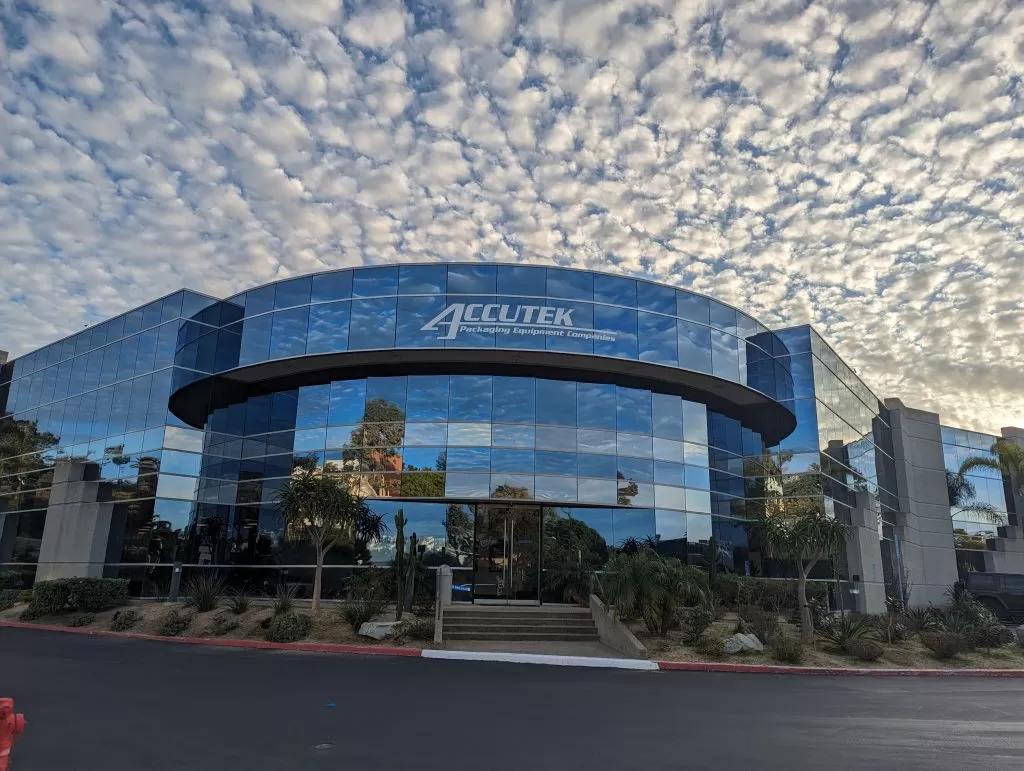In the rapidly evolving food industry, selecting the right food packaging equipment is crucial for ensuring product quality and compliance with industry standards. A report by Smithers Pira reveals that the global food packaging market is projected to reach $500 billion by 2024, driven by consumer demand for convenience and sustainability. However, this growth brings challenges, particularly in adhering to import and export certifications that vary by region.

According to the Food and Drug Administration (FDA), food packaging must not only preserve food integrity but also meet safety regulations, which can impact international trade. As manufacturers seek to optimize their packaging lines, understanding the essential factors in choosing food packaging equipment becomes an imperative for maintaining competitive advantage in a heavily regulated marketplace. Selecting the right equipment can not only streamline operations but also ensure compliance with these critical industry certifications, contributing to overall business success.
When selecting food packaging equipment, it’s crucial to consider several key factors that can greatly influence efficiency and product quality. The global packaging market is thriving, with the flexible packaging segment expected to significantly grow. In fact, the flexible packaging market is projected to reach USD 78.2 billion by 2032, growing at a CAGR of 4.33% from 2023. This growth is driven by advancements in materials like plastics and paper, which enable more sustainable and durable packaging options.
 Additionally, the global vacuum sealing packaging market is on the rise, fueled by the increasing demand for preservation and the shelf-life of perishable products. As reported, the vacuum sealing segment is anticipated to expand significantly, focusing on materials such as plastic, paper, and aluminum. Moreover, the liquid filling machine market, segmented into automatic and semi-automatic systems, is also experiencing a robust growth trajectory with an expected market size of USD 83.7 billion by 2032, reflecting a CAGR of 3.2%.
Additionally, the global vacuum sealing packaging market is on the rise, fueled by the increasing demand for preservation and the shelf-life of perishable products. As reported, the vacuum sealing segment is anticipated to expand significantly, focusing on materials such as plastic, paper, and aluminum. Moreover, the liquid filling machine market, segmented into automatic and semi-automatic systems, is also experiencing a robust growth trajectory with an expected market size of USD 83.7 billion by 2032, reflecting a CAGR of 3.2%.
When choosing food packaging equipment, understanding these trends not only helps in making informed decisions but also ensures that businesses stay competitive in a rapidly evolving market.
Innovative technologies are redefining the landscape of food packaging, particularly as the global market is projected to experience considerable growth from $127 billion in 2024 to $168 billion by 2033, at an annual growth rate of 3.16%. The demand for smarter, more sustainable packaging solutions is becoming increasingly apparent, especially in the prepared food sector where automation is key to enhancing production efficiency. Companies are turning to advanced packaging technologies that not only preserve freshness but also cater to customization demands.
Exhibitions such as CHINAPLAS 2021 are pivotal in showcasing the latest trends in packaging, emphasizing sustainability, safety, and efficiency. The event marks a pivotal shift towards the adoption of high-barrier and lightweight materials, as the industry seeks to balance cost-effectiveness with environmental responsibility. The focus is not merely on aesthetic appeal but also on performance and longevity, with innovations like vacuum skin packaging gaining traction due to their ability to extend shelf life. As we move towards 2025, the upcoming swop trade fair aims to connect the entire packaging supply chain, further reinforcing the need for collaboration in tackling industry challenges and fostering growth through intelligent solutions.
When investing in food packaging equipment, cost-effectiveness remains a core consideration. Understanding the return on investment (ROI) in machinery requires a comprehensive analysis of both initial costs and long-term operational efficiency. To maximize ROI, it’s crucial to select equipment that aligns not only with current production needs but also with future scalability. Look for machinery that offers versatility and adaptability to accommodate changing product lines, as this can mitigate the need for frequent reinvestments.
Additionally, consider the total cost of ownership, which includes maintenance, labor, and energy consumption. Choosing energy-efficient models can significantly reduce operational costs over time. Furthermore, investing in reliable machinery often means fewer downtimes and maintenance interruptions, leading to uninterrupted production cycles. It is advisable to work with reputable suppliers who provide robust after-sales support, ensuring that your equipment remains functional and efficient, thus contributing to a higher overall value in the food packaging process.
As sustainability becomes increasingly crucial in the food industry, selecting the right food packaging equipment now involves a strong emphasis on environmentally friendly practices. According to a report by the Boston Consulting Group, about 75% of consumers are willing to pay more for sustainable packaging, highlighting a significant market trend toward eco-conscious choices. This shift is pushing manufacturers to invest in innovative packaging solutions that not only protect the products but also minimize environmental impact.
When considering food packaging equipment, it's essential to examine various sustainability trends such as the use of biodegradable materials, energy-efficient machinery, and reduced packaging waste. A study from the Ellen MacArthur Foundation indicates that if the global packaging system were to adopt circular economy principles, it could generate an economic benefit of over $1 trillion by 2025. Moreover, implementing automation and smart technology in packaging processes can further enhance efficiency, reducing energy consumption and material waste. By focusing on these sustainability trends, companies can align their operations with consumer values while contributing positively to the environment.
| Criteria | Description | Sustainability Impact | Cost Efficiency |
|---|---|---|---|
| Material Type | Select biodegradable or recyclable materials. | Reduces landfill waste. | Potential higher initial cost, lower disposal fees. |
| Energy Efficiency | Choose machines with energy-saving features. | Lowers carbon footprint. | Reduced energy bills. |
| Automation | Opt for automated systems to improve efficiency. | Less waste produced through improved processes. | Higher upfront costs, but long-term savings on labor. |
| Supplier Practices | Evaluate suppliers’ sustainability policies. | Supports ethical sourcing and production. | May affect pricing based on supplier choices. |
| Flexibility and Scalability | Assess the ability to adapt to changing demands. | Minimizes excess production and associated waste. | Can optimize costs by adjusting production levels. |
When selecting food packaging equipment, performance and efficiency play a crucial role in ensuring quality throughout the packaging processes. According to a report by Smithers Pira, the global packaging market is projected to reach $1 trillion by 2024, highlighting the urgency for manufacturers to adopt advanced packaging technologies that enhance both productivity and product safety.
Efficient packaging equipment not only reduces the time taken to seal products but also minimizes waste, directly contributing to a company’s bottom line.

Moreover, the efficiency of packaging equipment is often measured in terms of throughput, which refers to the amount of product that can be packaged in a given time frame. A recent study by the Food Processing Association indicated that upgrades in packaging machinery can increase capacity by as much as 30%. This improvement can mean the difference between meeting customer demand and falling short, making it imperative for businesses to invest in reliable and high-performance packaging solutions.
Ensuring that equipment is both efficient and capable of maintaining quality standards not only meets regulatory requirements but also enhances brand reputation in a competitive market.
Accutek Packaging Equipment Companies, Inc. stands as one of the premier privately owned packaging machinery manufacturers in the United States.

Sign up for all the news about our latest arrivals